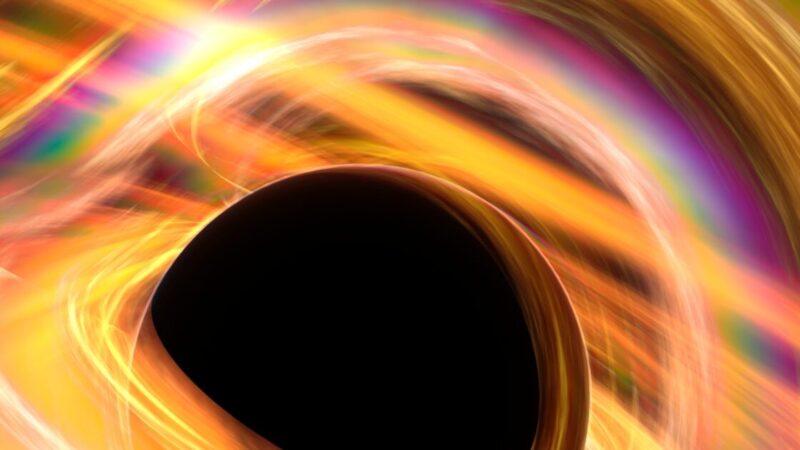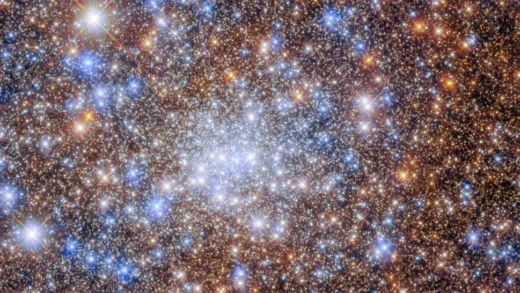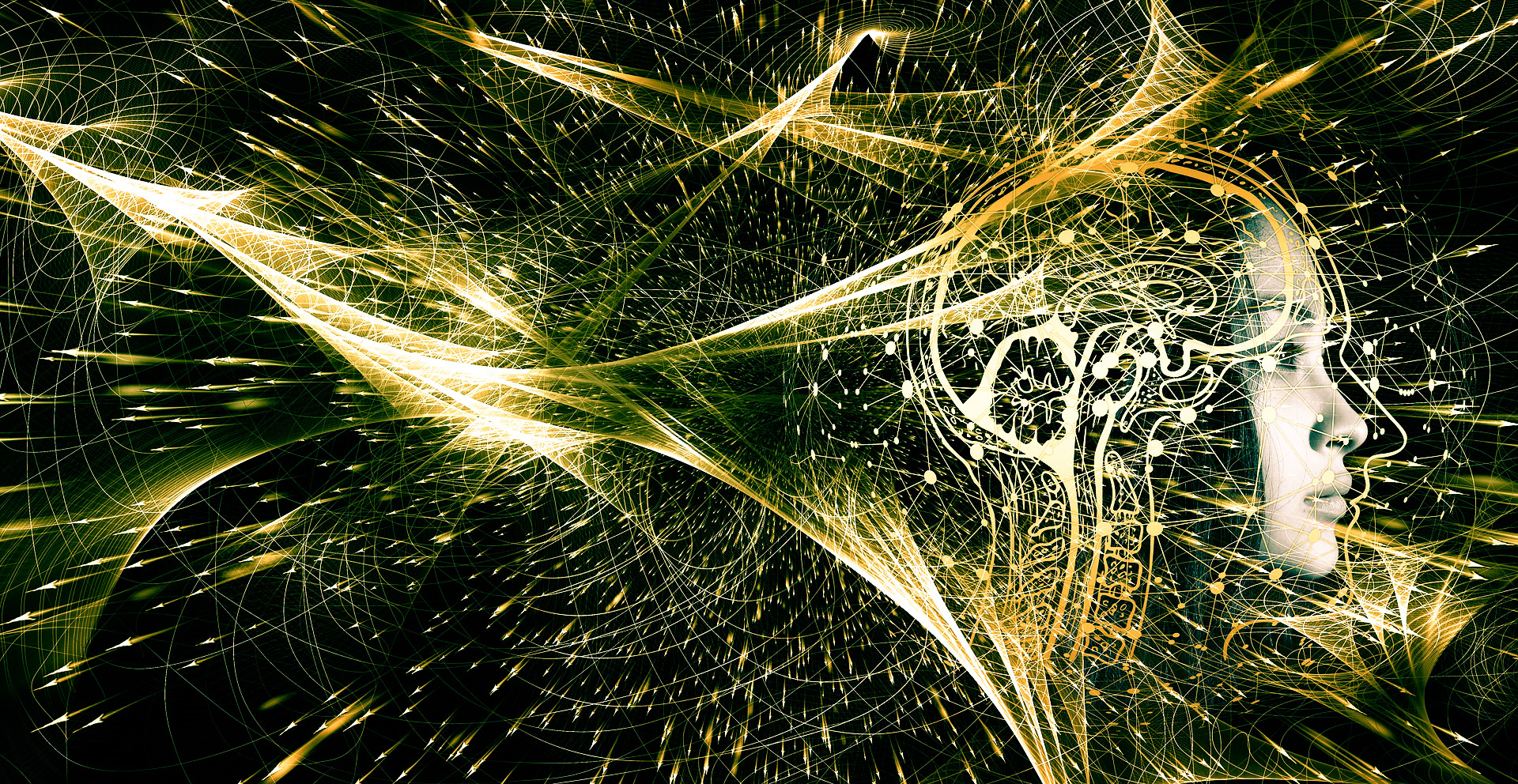Information about the black hole-forming star lurks around the black hole!

Prevailing theories suggest that black holes are objects so massive that nothing can escape the pull of their gravity, not even light. They form when enormous stars run out of fuel and collapse in on themselves. And, for decades, the paradox surrounding black holes is that as black holes evaporate, they methodically destroy all information about the stars that created them, which contradicts the laws of quantum mechanics. But recent research claims that black holes may in fact hang onto information about the massive stars that created them.
According to a Stephen Hawking’s work, radiation slowly “leaks” out of black holes in the form of thermal energy, which is known as “Hawking radiation.” But, because of its thermal nature, this radiation can’t carry information.
Now, in a research recently published in Live Science, researchers claim that these findings may finally resolve a thorny problem that physicist Stephen Hawking was working on in his last years. The new research suggests that the radiation around black holes may contain information that could, in theory, be retrieved to retell the origins of those black holes. This article explores black holes from formation to discovery with modern observatories.
In classical physics, black holes are “very simple objects” characterized by their mass, angular momentum, and electric charge. However, the original star that birthed the black hole is a complex astrophysical object consisting of a complicated amalgam of protons, electrons, and neutrons that come together to form the elements that build the chemical composition of that star. Black holes carry no “memory” of the stars they once were, but the rules of quantum physics say that information can’t simply be erased from the universe. In 1976,
Hawking introduced the concept of Hawking radiation, which is a type of thermal radiation emitted by black holes. This radiation leaks out of black holes over immense periods of time, causing black holes to completely evaporate, leaving only a vacuum behind. This paradox led to a fundamental question in physics: what happens to information that falls into a black hole? Hawking’s solution to the paradox suggested that information was lost, but this solution contradicts the laws of quantum mechanics.
The new research on black holes suggests that Hawking’s solution may not be entirely accurate. Black holes may have “quantum hair” in the form of a unique quantum imprint in the gravitational fields that surround them, according to the research.
The researchers have been working to crack Hawking’s paradox since 2021. They have argued that black holes do indeed have quantum hair, which could contain information about the massive stars that created them.
Hawking radiation, as per the Stephen Hawking’s work, slowly “leaks” out of black holes in the form of thermal energy, which can’t carry information because of its thermal nature. That means that as black holes evaporate, they destroy all information about the stars that created them. This problem has troubled cosmologists for decades and is known as the “Hawking information paradox.” However, the new research suggests a modification to Hawking radiation that makes it “non-thermal” and thus capable of carrying information with it away from the final fate of the black hole.
This new finding is significant because, as the researchers claim, the information about the black hole-forming star may lurk in the radiation around black holes and could, in theory, be retrieved to retell the origins of those black holes. This finding may finally resolve the paradox surrounding black holes and allow cosmologists to understand the exact physical phenomenon by which information escapes a decaying black hole.
Space.com quoted Xavier Calmet, a professor of physics at the University of Sussex and lead study author, as saying that the quantum hair found in the gravitational fields surrounding black holes could be used to rebuild the original black hole and eventually the star.
While black holes carry no “memory” of the stars they once were, the rules of quantum physics say that information can’t simply be erased from the universe. The new research on black holes suggests that the radiation around black holes may contain information that could be retrieved to retell the origins of those black holes. This new finding may help cosmologists understand the exact physical phenomenon by which information escapes a decaying quasar.
Quasars are incredibly distant and bright objects that emit intense radiation, powered by the supermassive black holes at their centers. As matter falls into the black hole, it heats up to incredibly high temperatures and emits a huge amount of energy in the form of light and other forms of electromagnetic radiation.
The light emitted by quasars contains valuable information about the early universe and the objects within it. However, until now, it was not entirely clear how this information could escape the dense environment around a black hole and travel across the vast distances of space to reach telescopes on Earth.
Black holes have now become a common celestial phenomena as the European Space Agency, with the help of Gaia mission’s data, recently discovered a new family of black holes which are unique in nature. The two black holes, Gaia BH1, at a distance of 1560 light-years from Earth in the direction of the constellation Ophiuchus and Gaia BH2, located 3800 light-years away in the constellation Centaurus, are the closest ones to the Earth.
Astronomers have speculated that there are ten million to a billion such mysterious objects in the Milky Way alone.
Auto Amazon Links: No products found.


